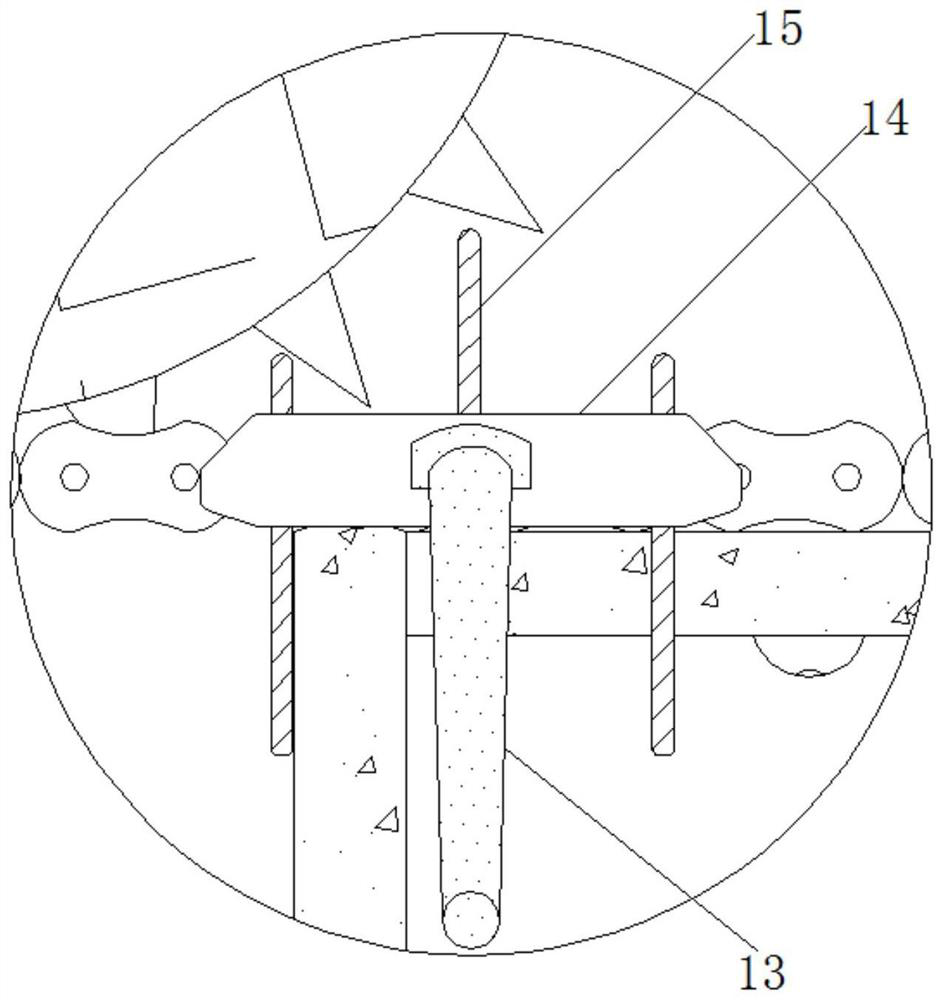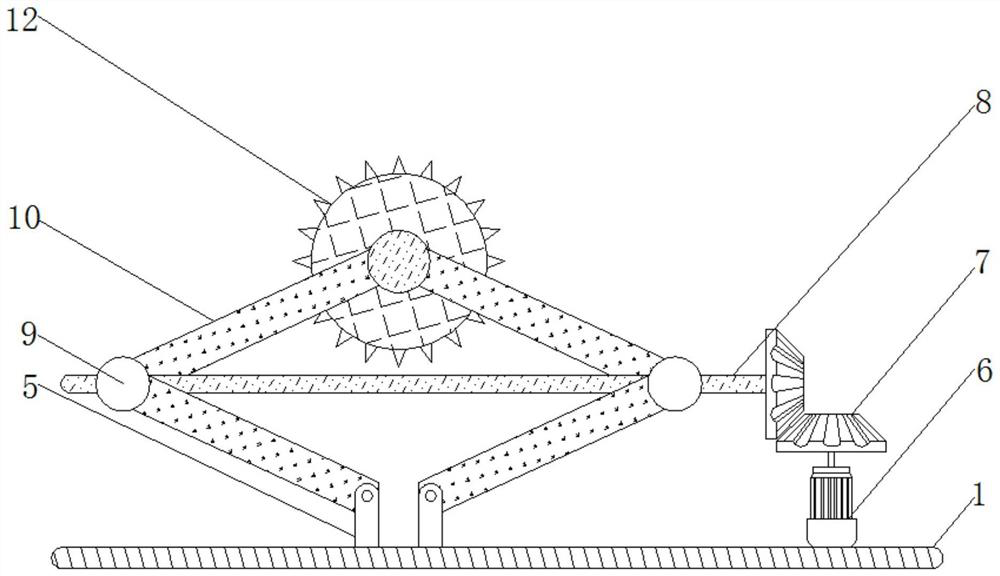A recycling and sorting device for textile products using the principle of light transmittance
A product recycling and sorting device technology, which is applied in sorting and other directions, can solve problems such as improper sorting, failure to save time and effort, waste of human resources, etc., and achieve the effect of avoiding sorting work
- Summary
- Abstract
- Description
- Claims
- Application Information
AI Technical Summary
Problems solved by technology
Method used
Image
Examples
Embodiment Construction
[0026] The following will clearly and completely describe the technical solutions in the embodiments of the present invention with reference to the accompanying drawings in the embodiments of the present invention. Obviously, the described embodiments are only some, not all, embodiments of the present invention. Based on the embodiments of the present invention, all other embodiments obtained by persons of ordinary skill in the art without making creative efforts belong to the protection scope of the present invention.
[0027] see Figure 1-5 , a textile product recycling and sorting device utilizing the principle of light transmittance, comprising a casing 1 and a chain 2, the inner top of the casing 1 is fixedly connected with a photosensitive component 3, and the photosensitive component 3 is mainly composed of a photoresistor and a light-shielding shell. The bottom surface of the light-shielding shell is provided with a small hole, which is perpendicular to the shell 1; t...
PUM
 Login to View More
Login to View More Abstract
Description
Claims
Application Information
 Login to View More
Login to View More - R&D
- Intellectual Property
- Life Sciences
- Materials
- Tech Scout
- Unparalleled Data Quality
- Higher Quality Content
- 60% Fewer Hallucinations
Browse by: Latest US Patents, China's latest patents, Technical Efficacy Thesaurus, Application Domain, Technology Topic, Popular Technical Reports.
© 2025 PatSnap. All rights reserved.Legal|Privacy policy|Modern Slavery Act Transparency Statement|Sitemap|About US| Contact US: help@patsnap.com



